Imagine a stunning steampunk masterpiece inspired by the iconic imagery of a beloved video game. In this captivating creation, a steampunk beetle takes center stage, intricately crafted to evoke the spirit of the game’s fantastical world. Adorned with gears, rivets, and mechanical embellishments, the beetle exudes an air of mechanical sophistication, seamlessly blending the game’s aesthetic with steampunk flair. Housed within a custom wood frame measuring 10×8 inches, the artwork becomes a focal point of admiration, inviting viewers to marvel at its intricate details and imaginative design. As a fusion of gaming nostalgia and steampunk creativity, this work of art stands as a testament to the boundless possibilities of artistic expression.
Steampunk is a unique subculture and genre that combines elements of science fiction, fantasy, and the Victorian era. It is characterized by its reimagining of modern technology through the lens of 19th-century steam-powered machinery, often featuring elaborate brass and copper gadgets, gears, and goggles. Steampunk draws inspiration from the works of authors such as Jules Verne and H.G. Wells, as well as the aesthetics of the Industrial Revolution and the Victorian era.
One of the most intriguing aspects of steampunk is its focus on creativity and craftsmanship. Steampunk enthusiasts often create their own gadgets, costumes, and artworks, blending Victorian style with futuristic and fantastical elements. This DIY ethos has led to the development of various subgenres within steampunk, such as dieselpunk, which explores a more 20th-century aesthetic, and clockpunk, which focuses on intricate clockwork mechanisms.
One fascinating offshoot of the steampunk movement is steampunk taxidermy. This art form takes traditional taxidermy—the preservation of animal remains—and adds a steampunk twist, incorporating mechanical elements, gears, and other steampunk motifs into the display. Steampunk taxidermy can range from simple embellishments on traditional mounts to elaborate sculptures that blend organic and mechanical elements seamlessly.
Steampunk taxidermy often begins with a traditional taxidermy mount, such as a preserved animal head or full-body mount. Artists then add steampunk elements, such as clockwork gears, brass fittings, and mechanical limbs, to create a fusion of natural and artificial elements. The result is a whimsical and often fantastical creation that captures the imagination and showcases the artist’s skill and creativity.
One of the key elements of steampunk taxidermy is the use of found objects and repurposed materials. Artists often scour flea markets, antique shops, and scrapyards for old clock parts, brass fittings, and other items that can be incorporated into their creations. This emphasis on recycling and upcycling adds an environmental aspect to steampunk taxidermy, as artists give new life to old and discarded materials.
Steampunk taxidermy can also be a form of social commentary, reflecting on themes such as the impact of technology on nature and the blending of the natural and artificial worlds. By juxtaposing organic forms with mechanical elements, steampunk taxidermy challenges viewers to reconsider their relationship with the natural world and the role of technology in shaping our environment.
In addition to its artistic and thematic elements, steampunk taxidermy has also found a niche in the world of fashion and design. Steampunk-inspired clothing, accessories, and home decor often feature elements of steampunk taxidermy, adding a unique and quirky touch to the steampunk aesthetic.
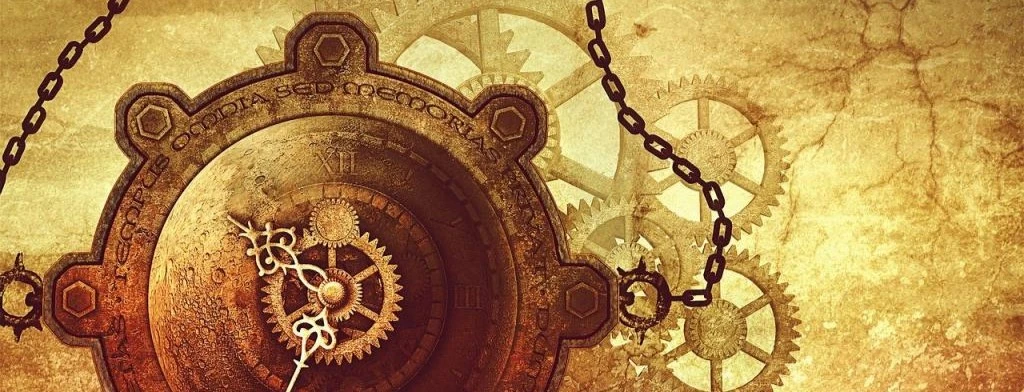
In steampunk bug taxidermy, the process of fusing insects with motors, cogs, and other mechanical parts requires a combination of creativity, craftsmanship, and technical skill. Artists often start by selecting a suitable insect specimen, such as a beetle or a butterfly, which has been ethically sourced and preserved.
To add mechanical elements to the insect, artists typically begin by carefully dissecting the specimen to remove any internal organs and structures that are not needed for the final display. This process requires precision and delicacy to avoid damaging the insect’s delicate exoskeleton.
Once the insect has been prepared, artists can begin adding mechanical components. This can include attaching small motors or gears to the insect’s body using adhesives or small screws. Care must be taken to ensure that the mechanical parts do not interfere with the insect’s natural anatomy or movement.
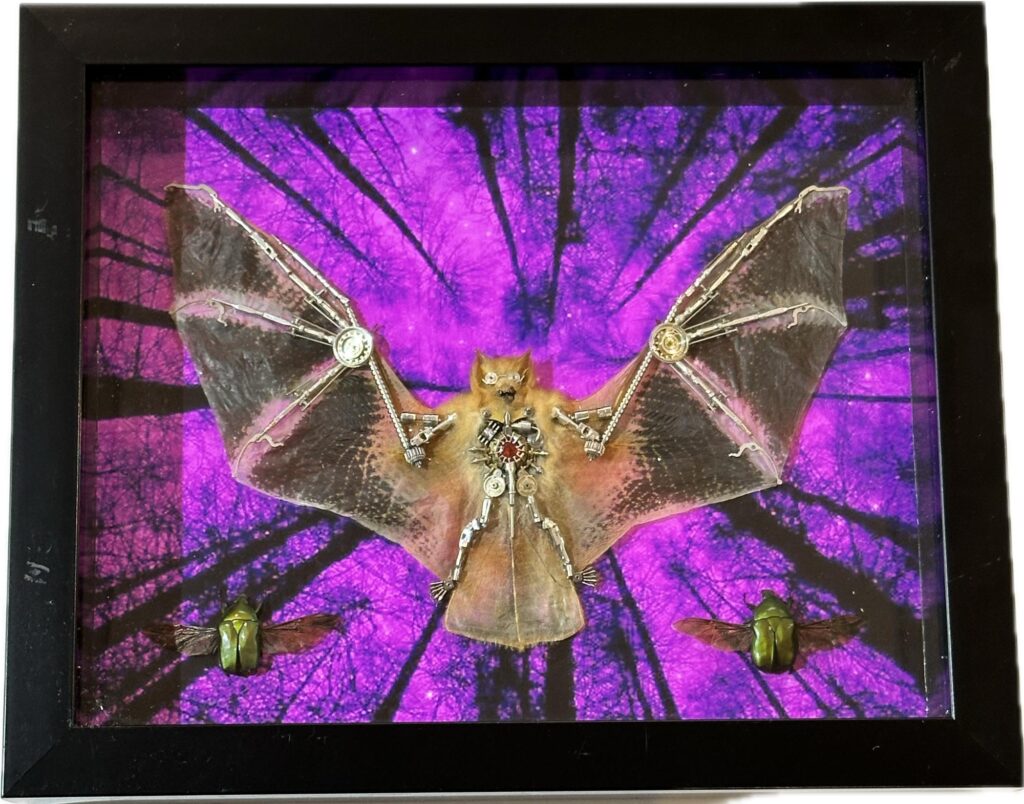
Some steampunk bug taxidermy pieces also incorporate moving mechanical parts. This can be achieved by connecting the mechanical components to a small battery-powered motor or by using clockwork mechanisms. The result is a piece of taxidermy that not only showcases the beauty of the insect but also features dynamic, moving elements that add to its steampunk aesthetic.
Creating steampunk bug taxidermy with moving parts requires a thorough understanding of mechanics and engineering. Artists must carefully plan and design the mechanisms to ensure that they function smoothly and do not harm the insect specimen. This process often involves experimentation and iteration to achieve the desired effect.
Prehistoric 101 (Learn about fossils, minerals, and meteorites)
Steampunk Bugs: An Unlikely Pairing

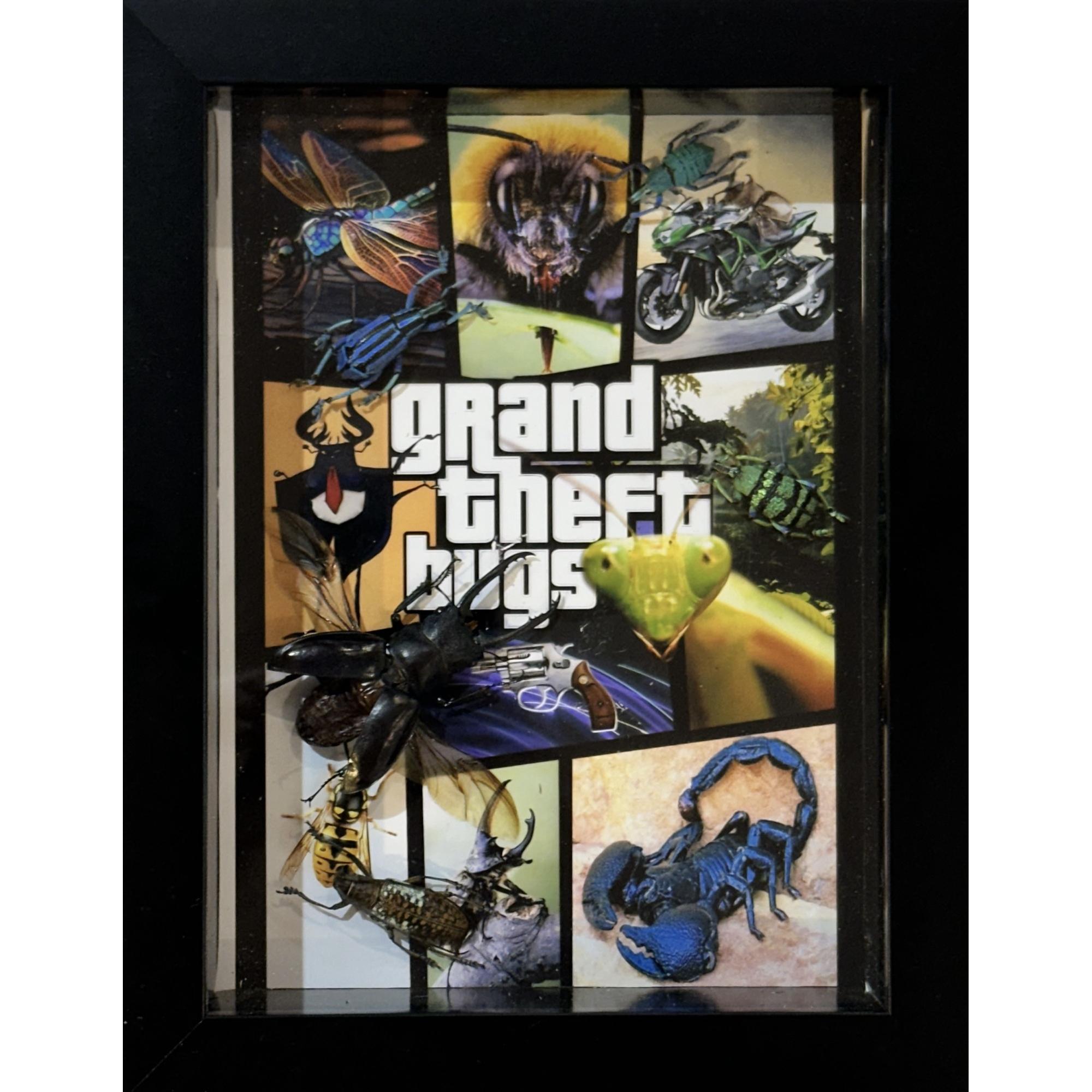
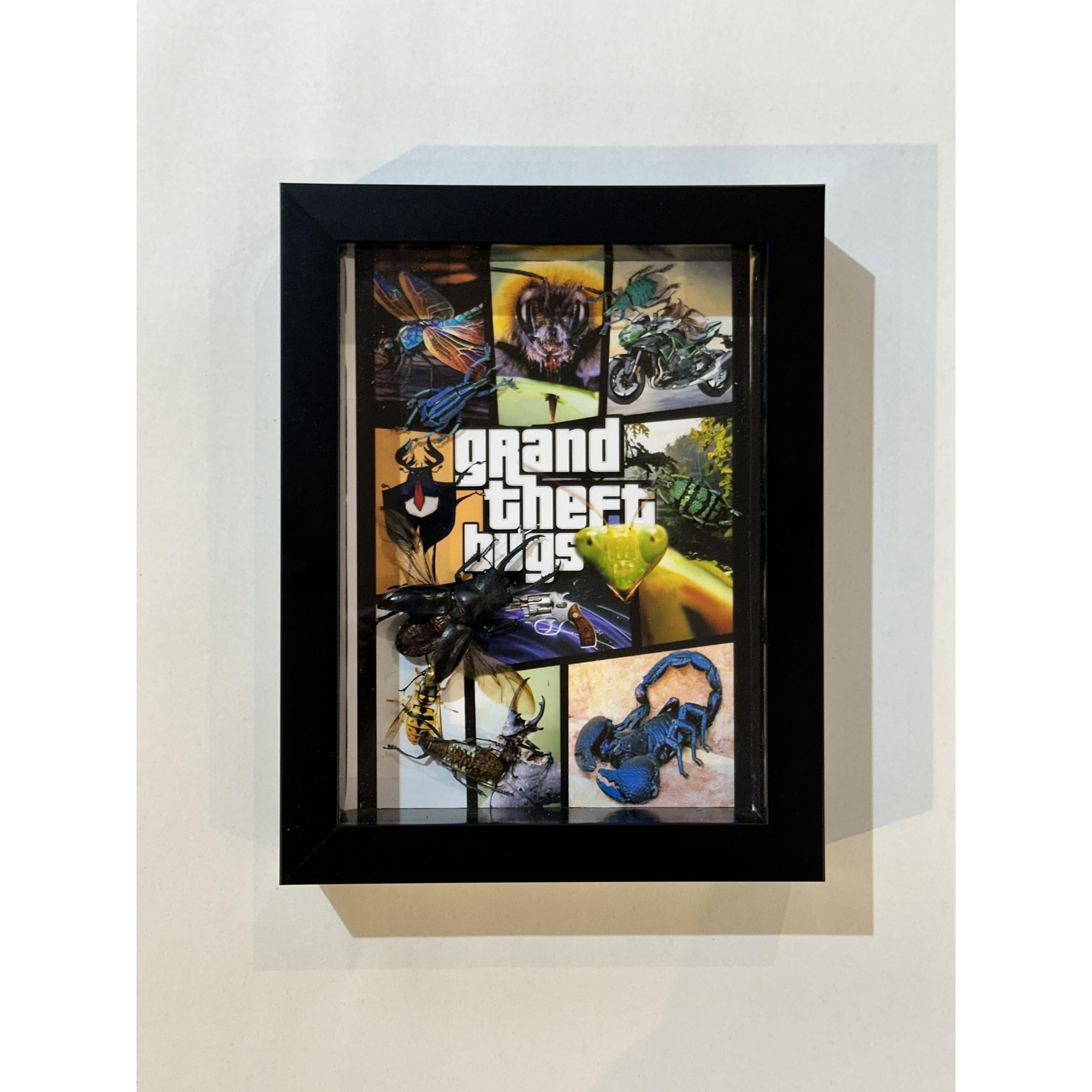
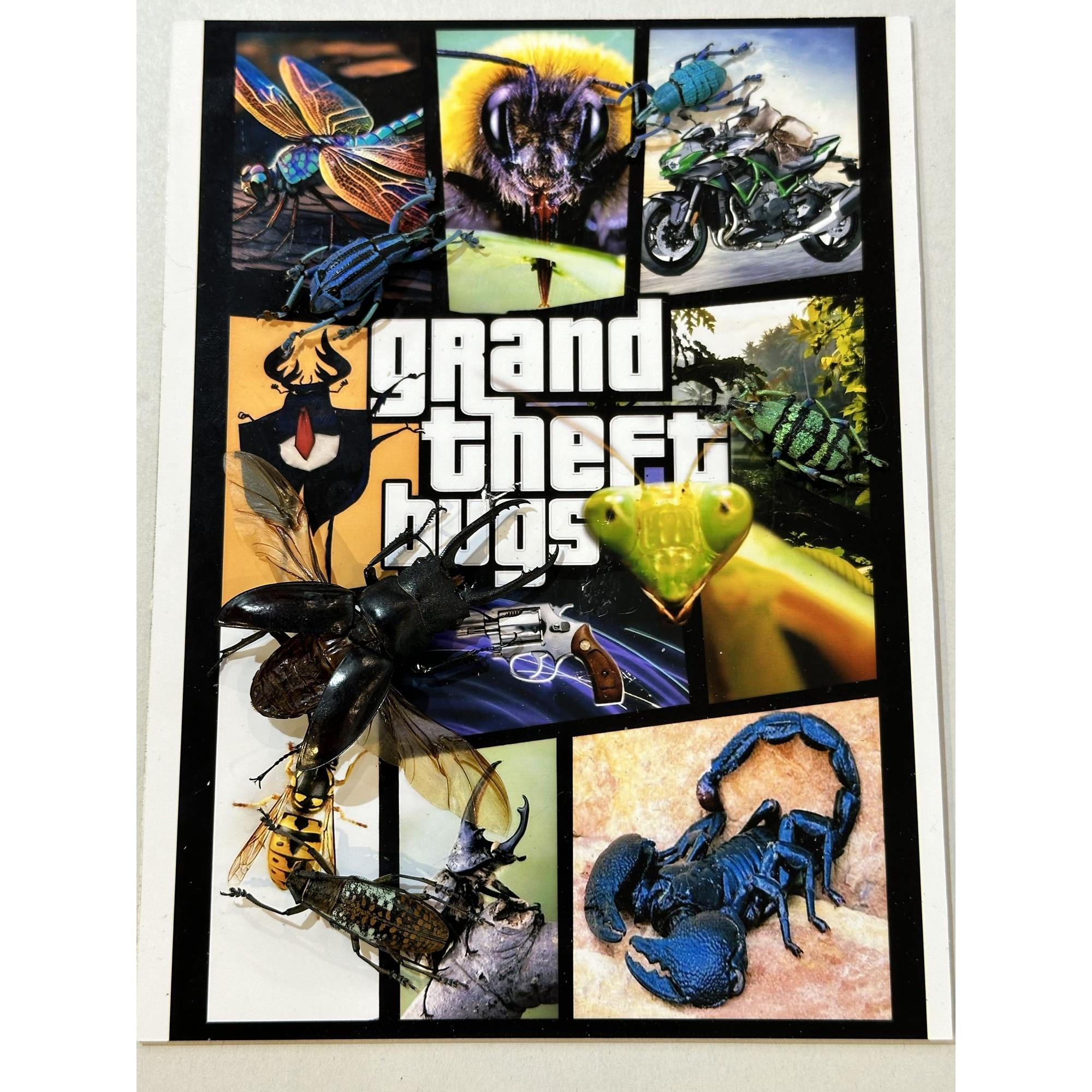
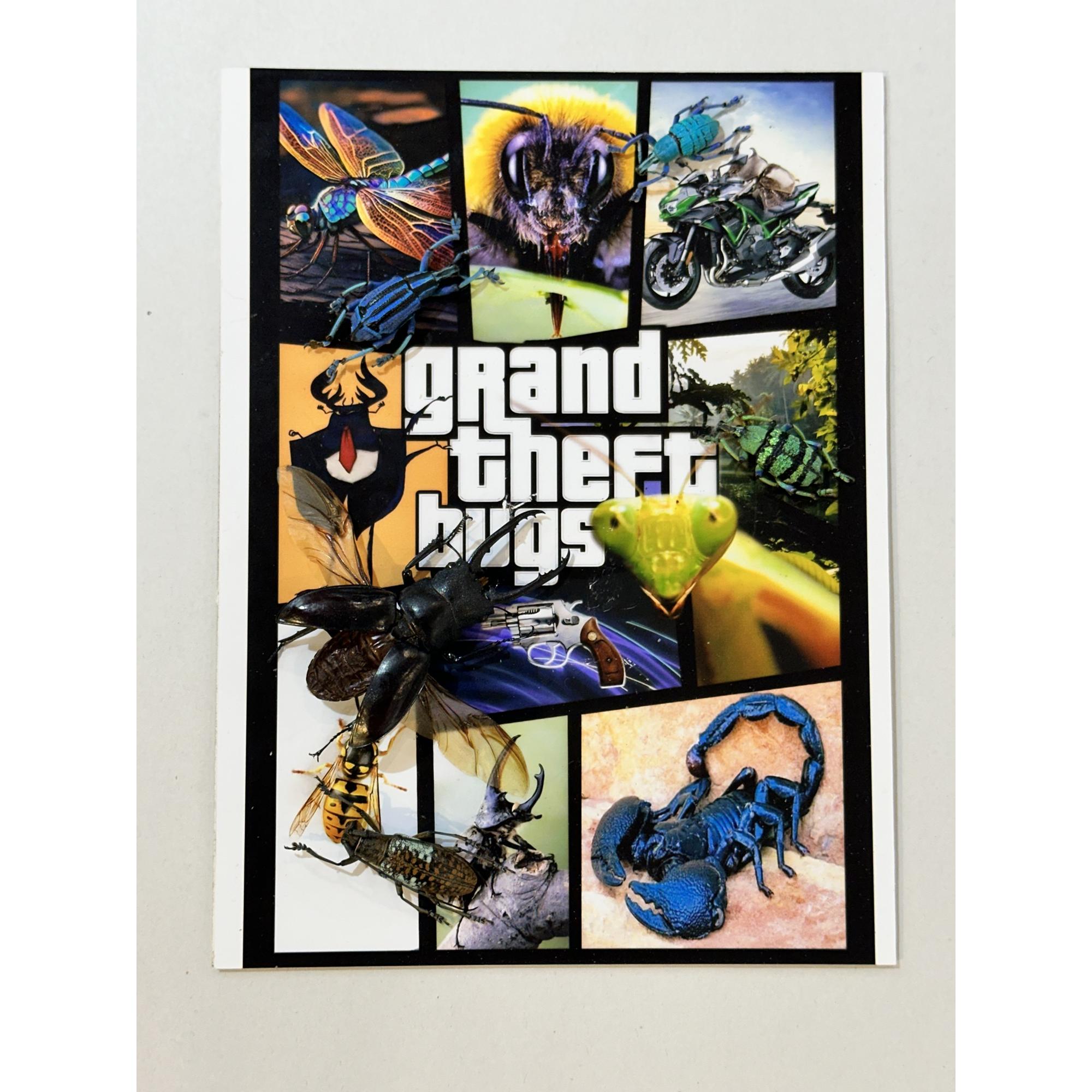
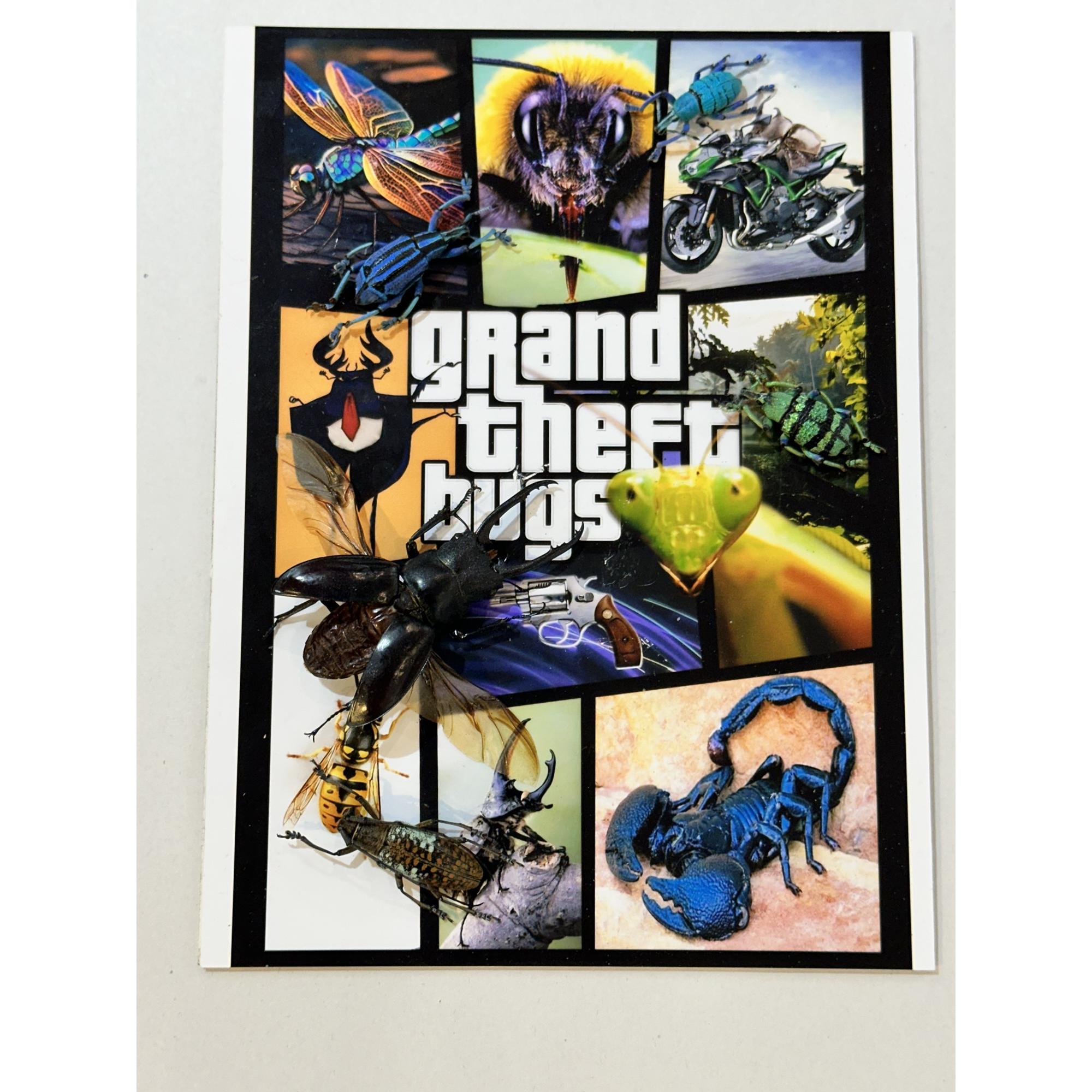
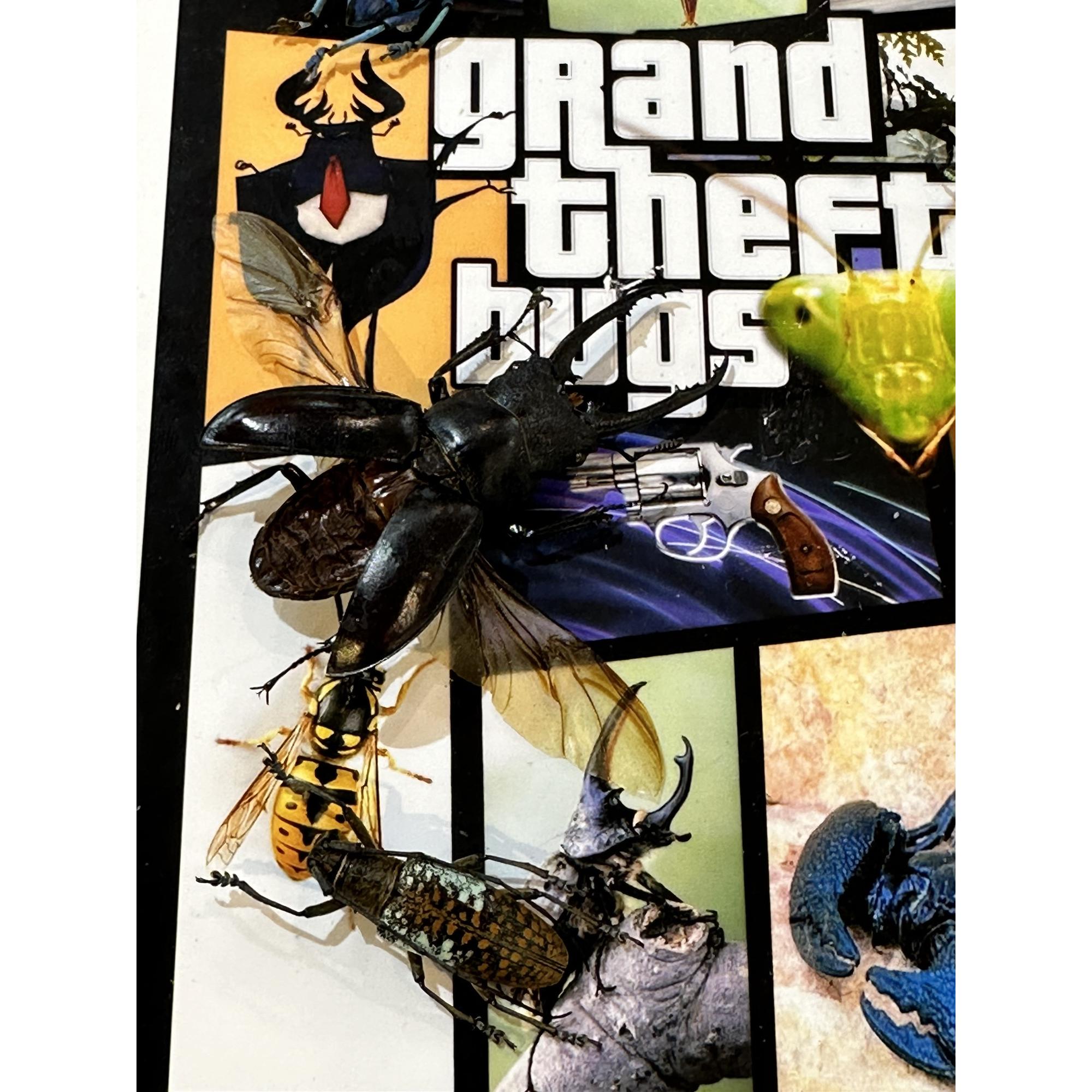
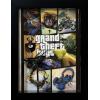
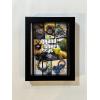
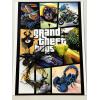

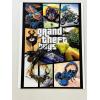
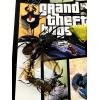
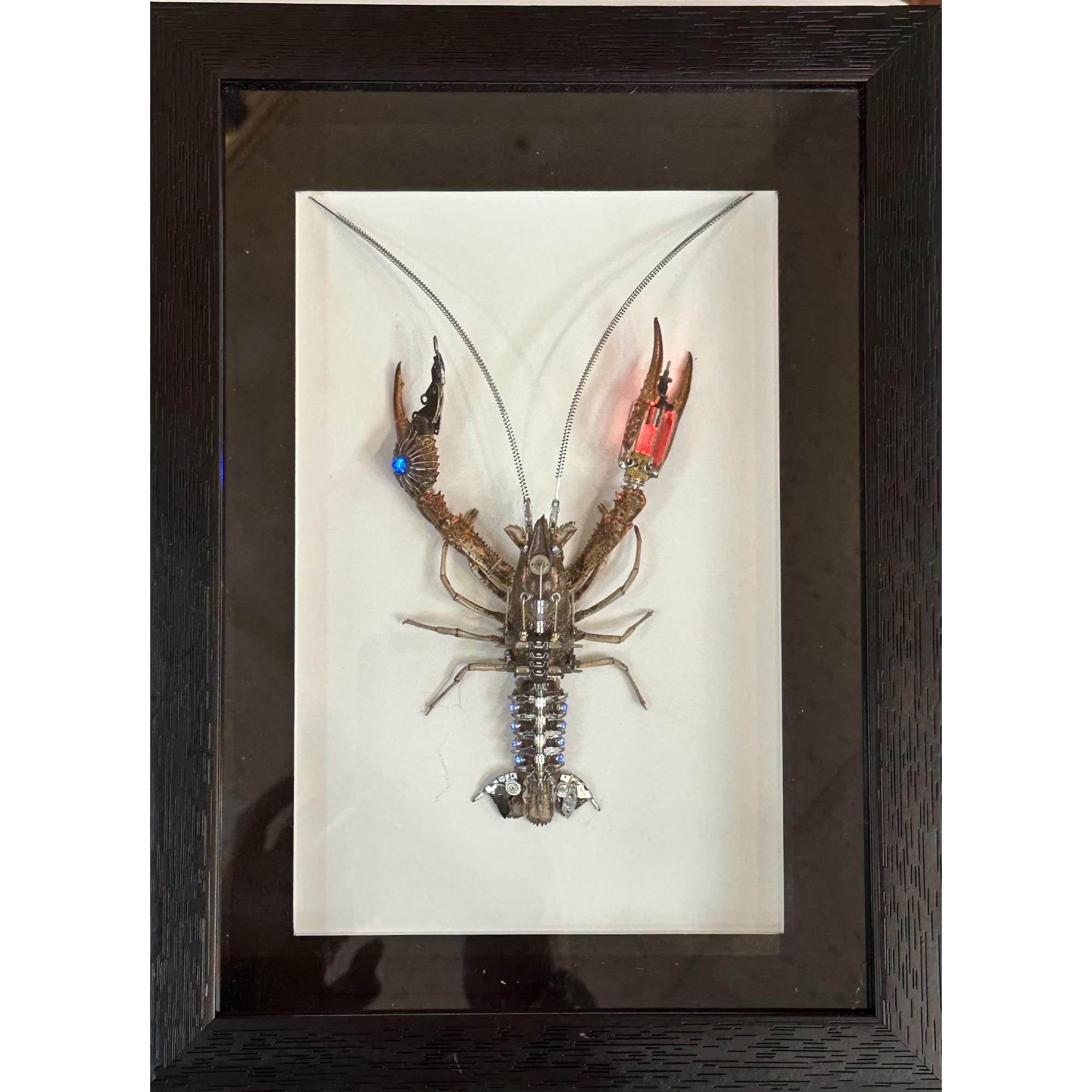
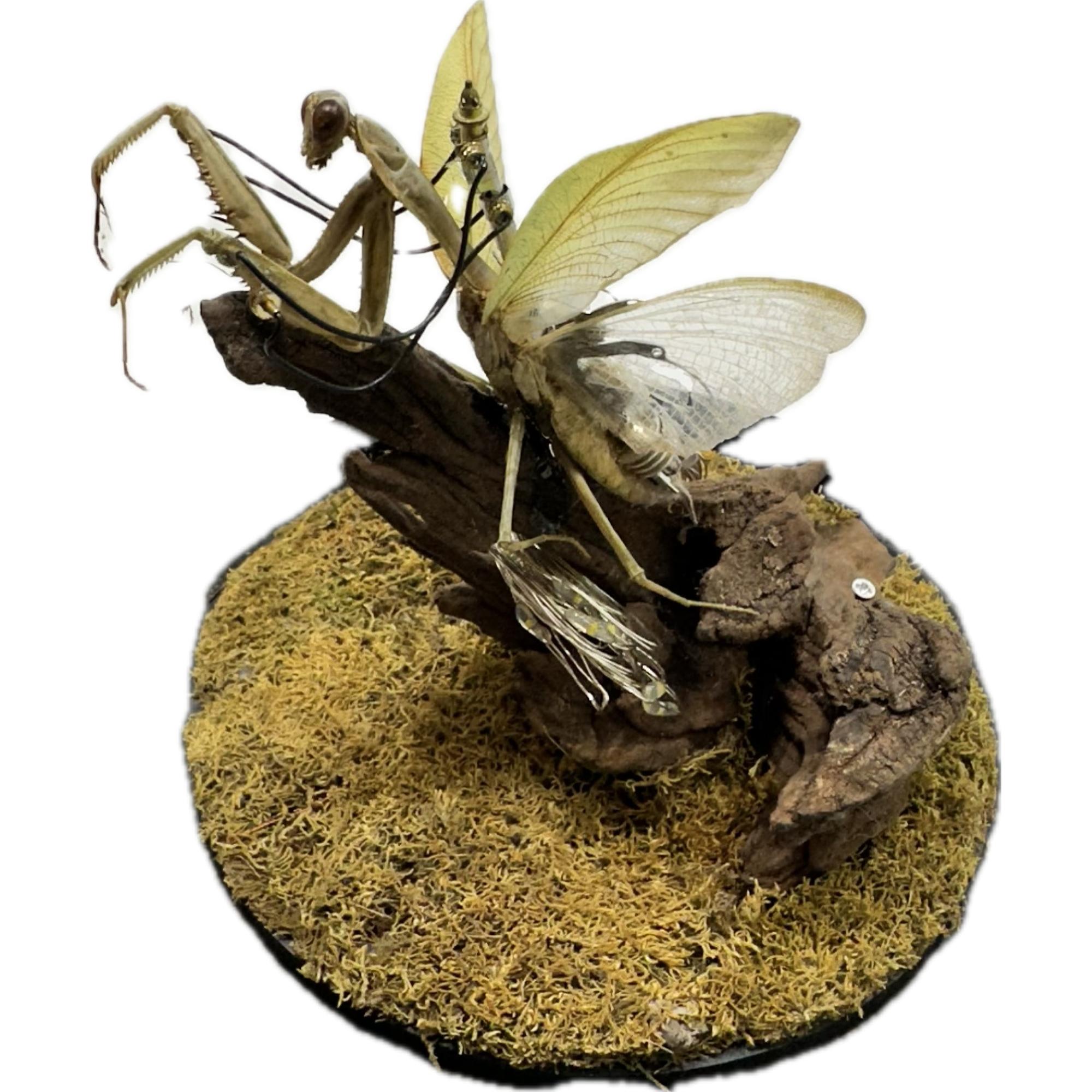
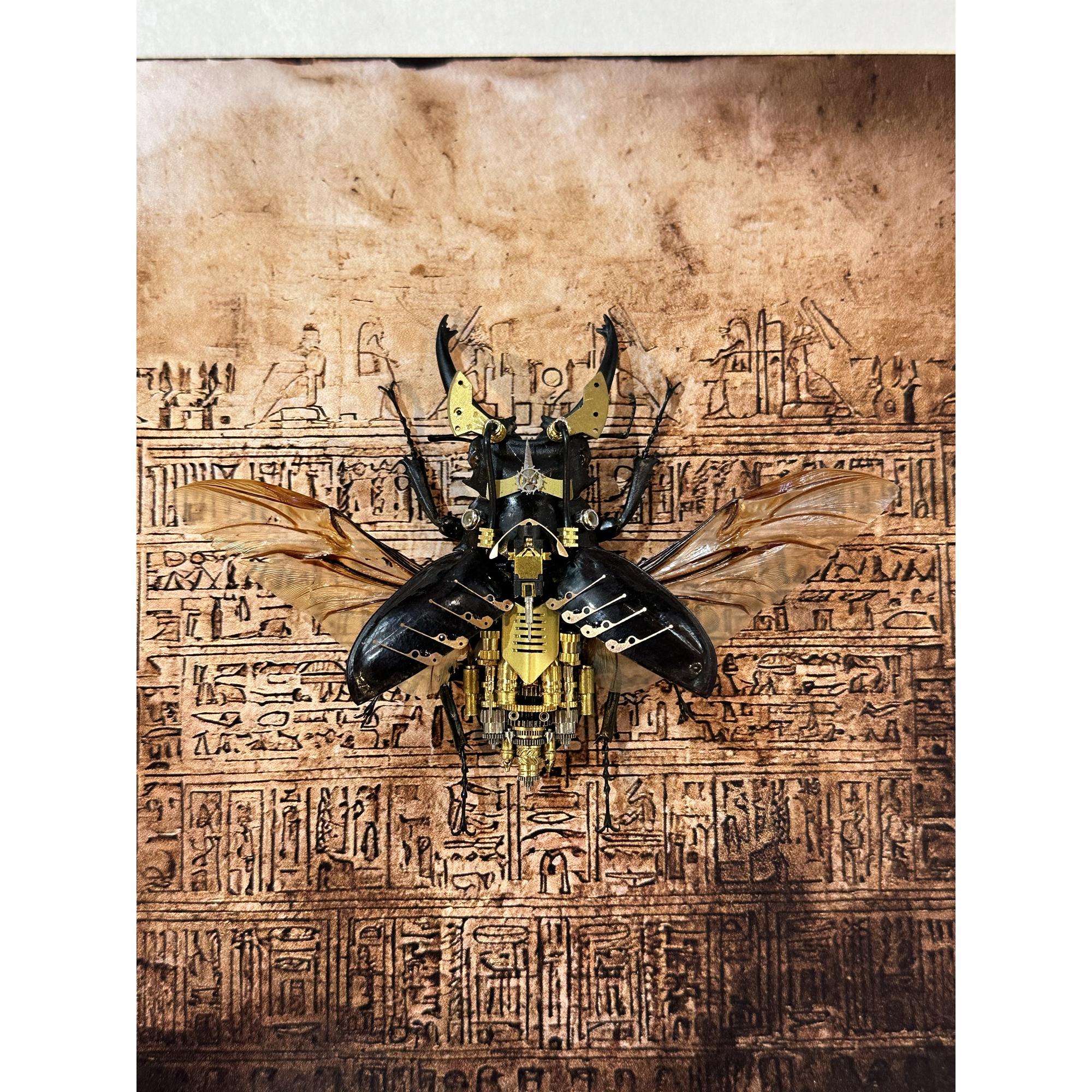
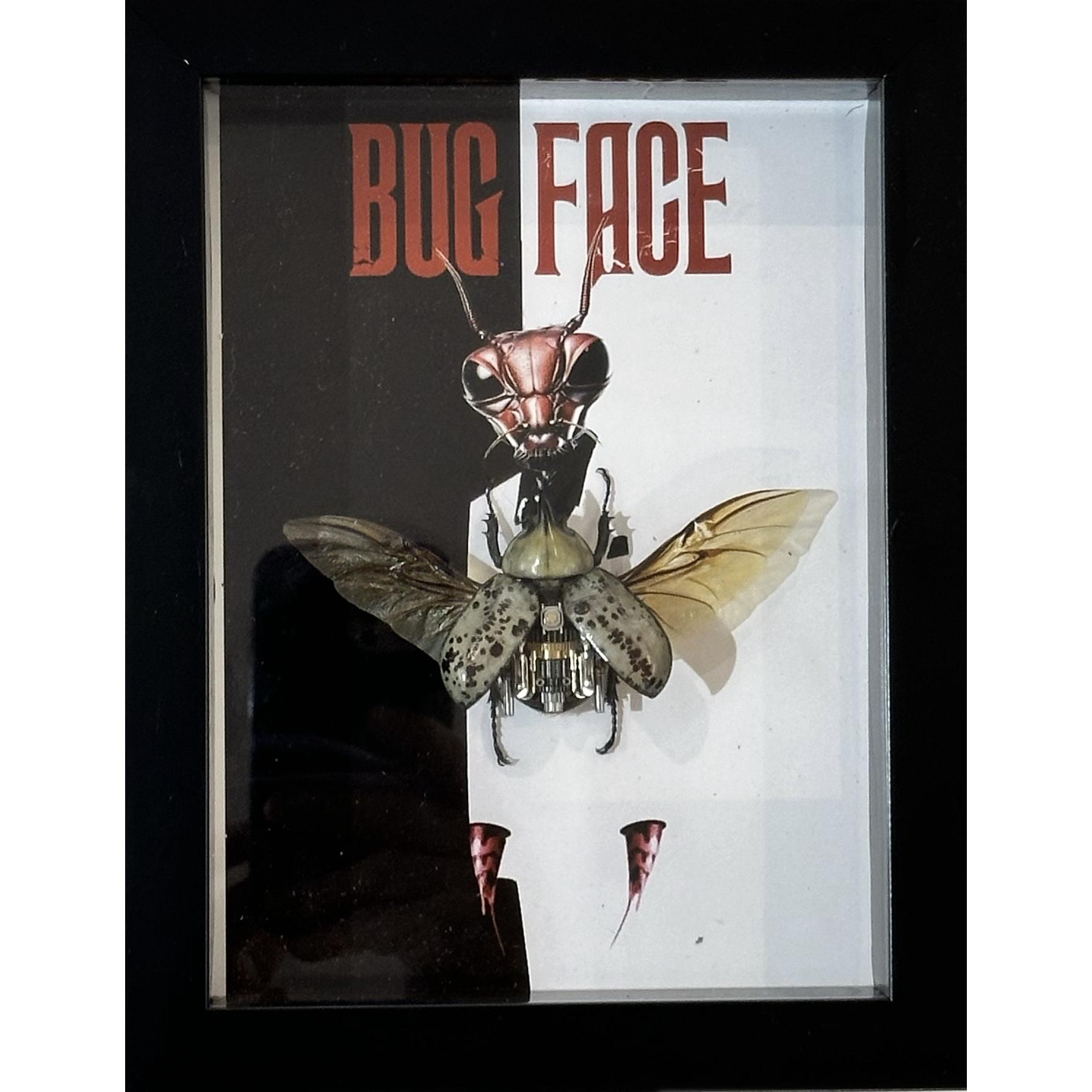
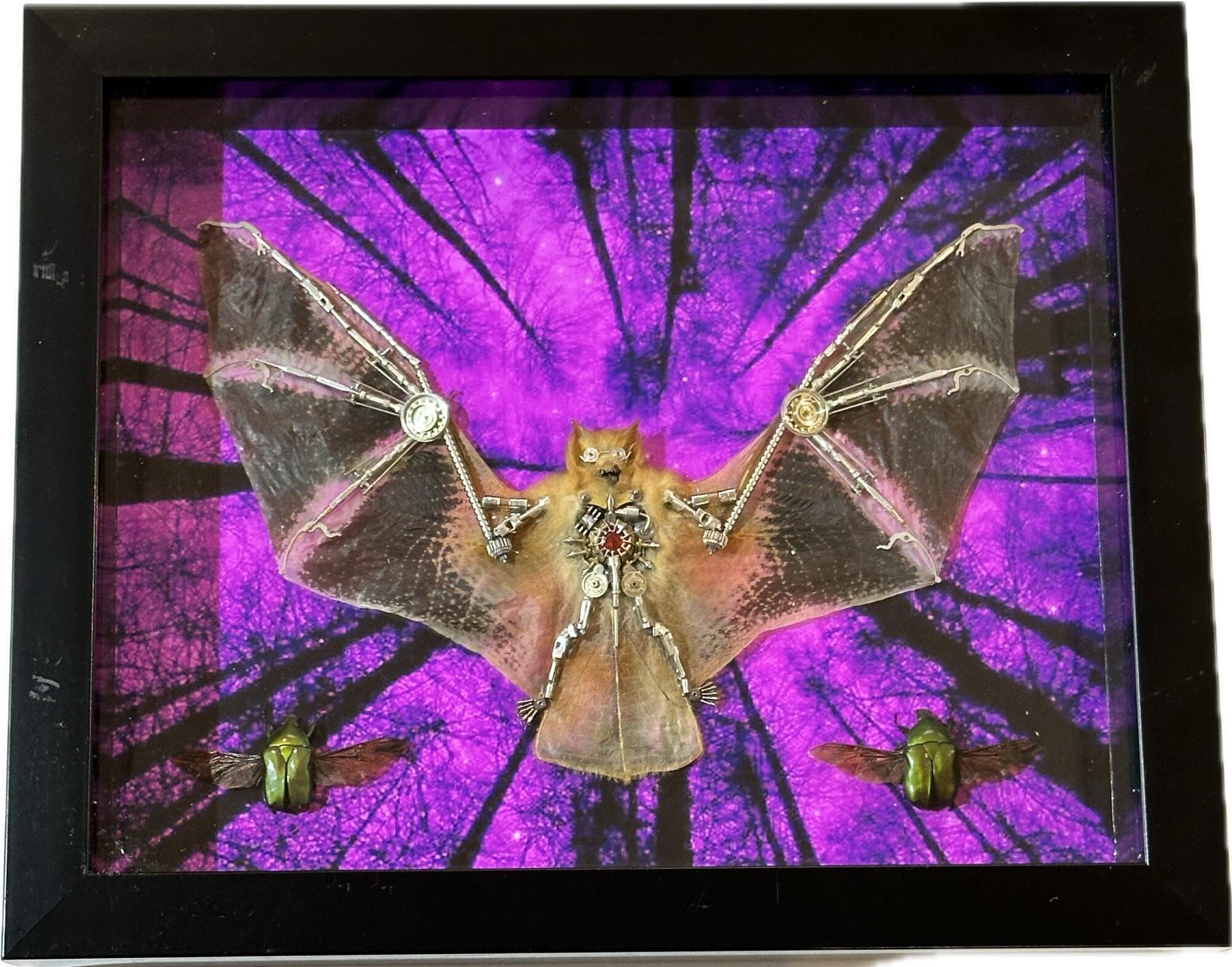
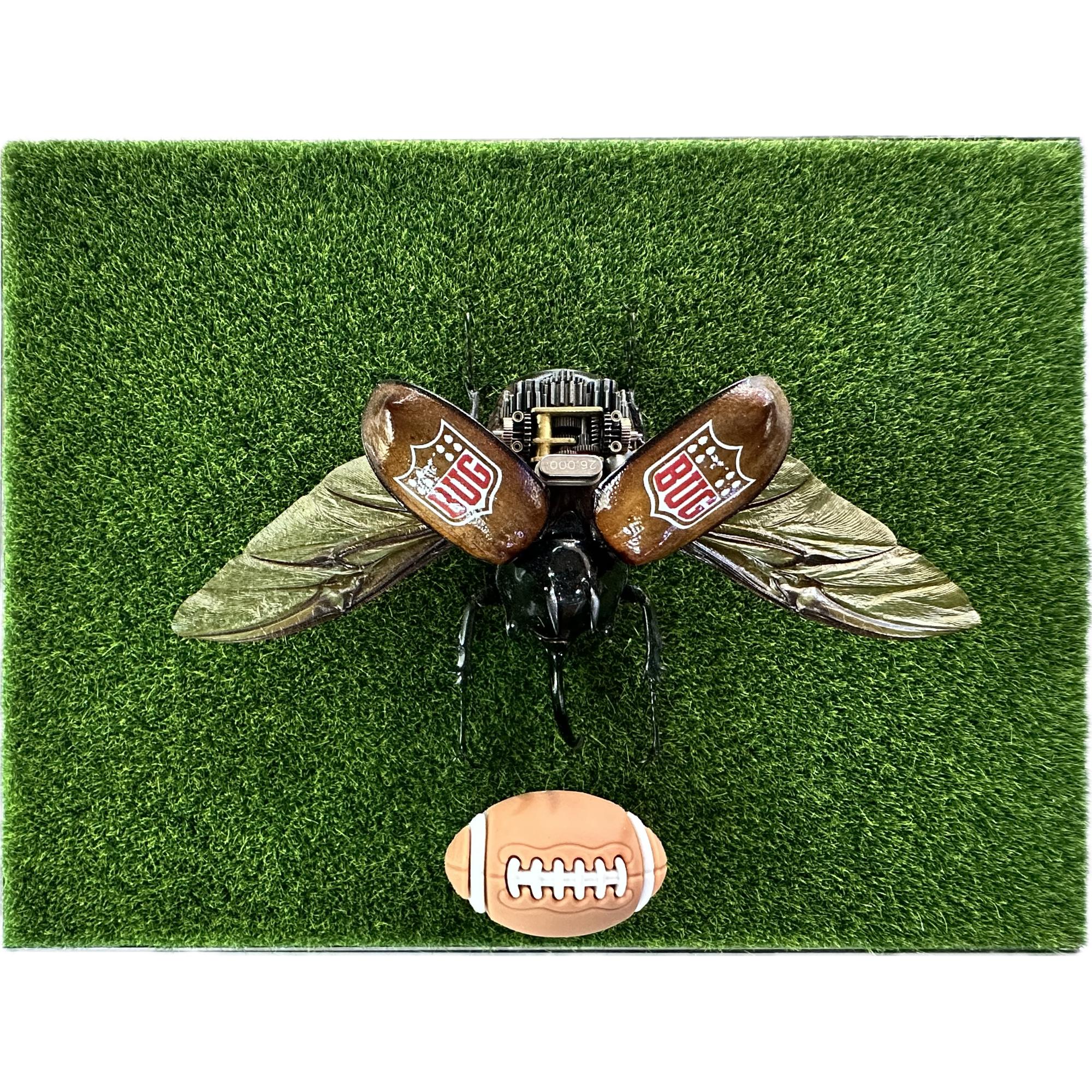
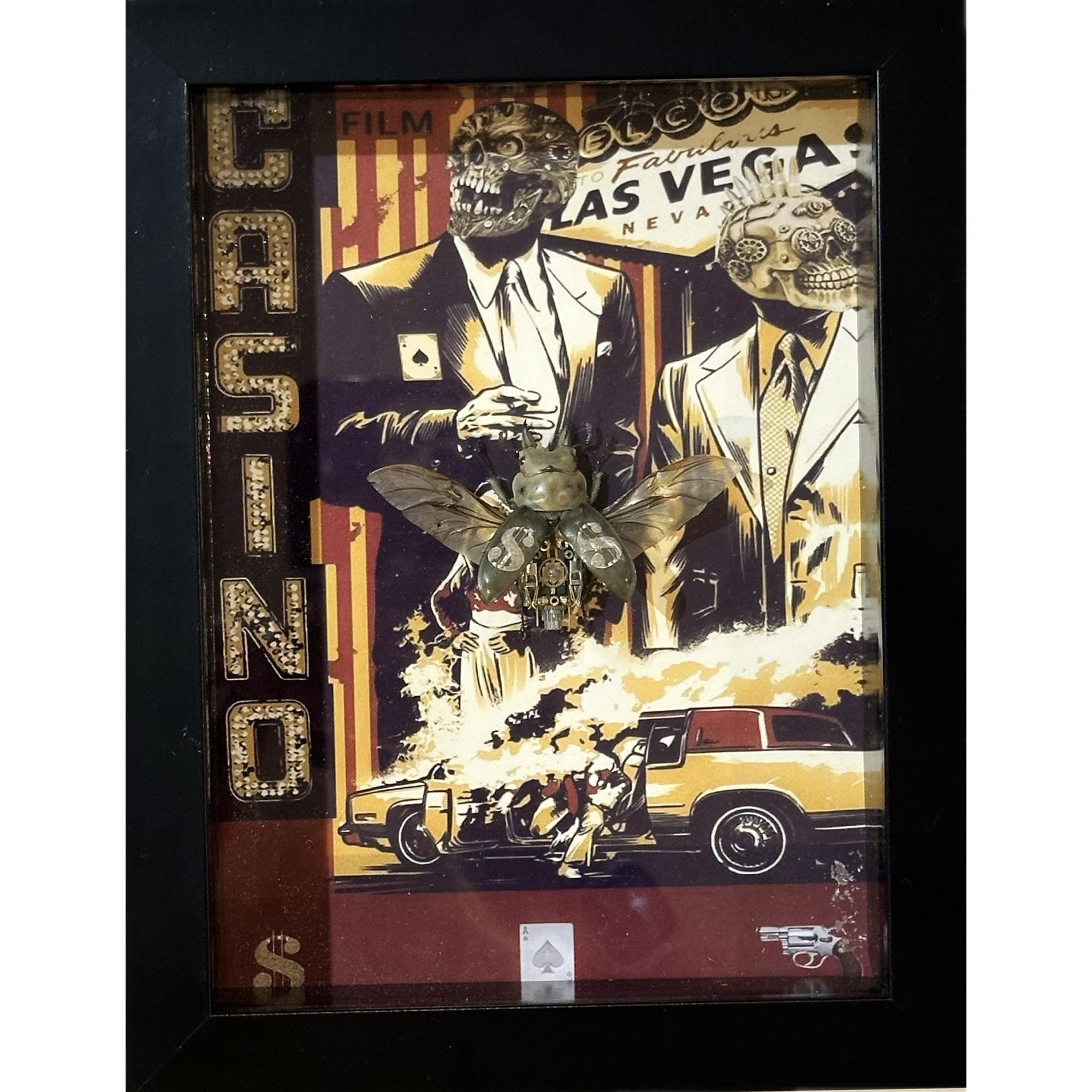
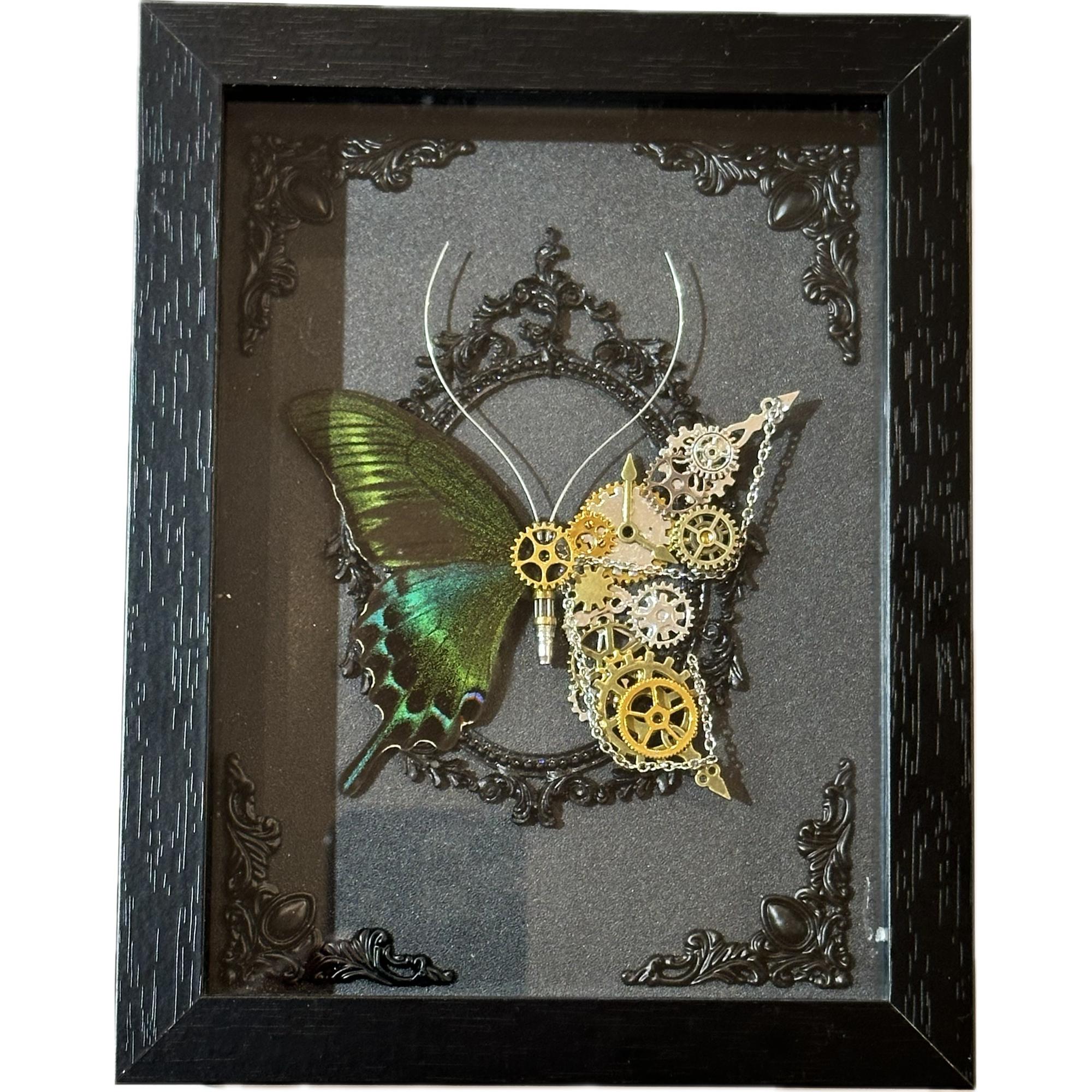
Reviews